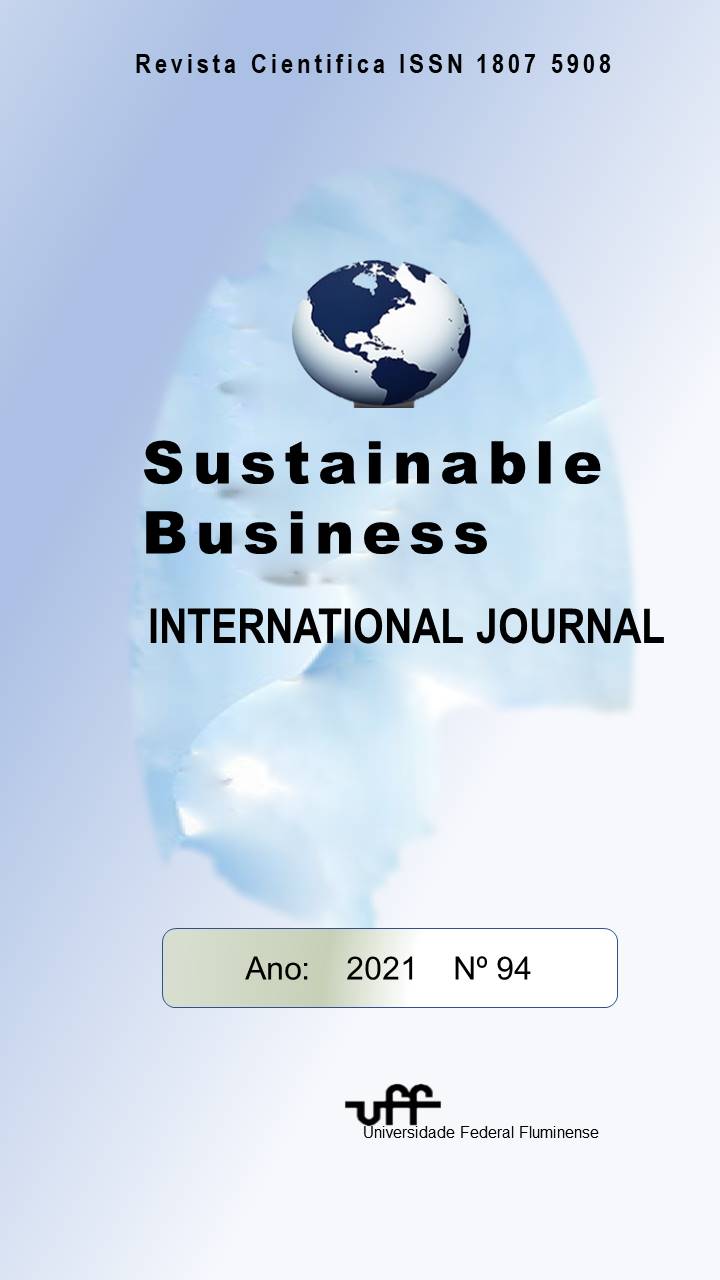CIRCULAR BUSINESS MODELS: AN ANALYTICAL PERSPECTIVE
DOI:
https://doi.org/10.22409/sbij.v1i94.47892Abstract
The objective of this study is to analyze the Circular Business Models (MNCs) considering their typologies, characteristics and attributes, practices related to their implementation and adopted governance models. A Systematic Literature Review was performed where 127 articles were analyzed using the Start software. The results show that in 66% of the cases, the business models used are the Resolve Framework, 3Rs, Product as a Service or Extended Product Life Cycle. The (ii) attributes of value creation, synergy with product design, tendency to recycle and value capture are present in 59% of business models; (iii) The types of practices highlighted were end-of-life recycling, product life-cycle, product recovery and end-of-life management representing 51% of the mapped practices; In 61% of cases, (iv) governance models were based on innovation programs, customer-oriented governance, product-to-service change and sustainability-oriented innovation. MNC practices are valuable for the implementation of a Circular Economy (EC) and there is a growing number of countries that publish the MNCs theme, confirming that the typologies, characteristics and attributes, related practices, governance models adopted and associated indicators are linked through the development processes of new MNCs. Practical and theoretical contributions are associated with the operationalization of CE in organizations given the need to understand how to make CE a reality as well as advance in the field of research to understand the principles of business circularity. A table with 55 sets of mapped typologies that guide MNCs was built, and an interrelation cycle was built that can be adopted by companies to implement typologies in their business model.


